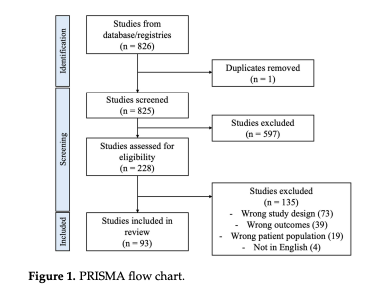Families, clubs, and even NIL incentives push kids to focus on one sport for most of the year.
This new review compares the benefits and consequences of early sport specialization for youth athletes who specialized before 18 and trained >8 months/year in one sport.
Does early sport specialization help performance or lead to injury and burnout?
Master Performance Coaching & Elevate Your Career in Just 6 Weeks with a Global Community of Professionals
What Did the Researchers Do?
Review Design
- Studies: 93 studies included; 62,327 athletes total; mean current age 15.9 yrs; average age at specialization 11.6 yrs.
- Sports: Most common were soccer, basketball, volleyball; levels ranged from youth to collegiate and professional.

Outcomes Examined
- Injury (with focus on overuse)
- Function & performance (jump, sprint, movement quality, bone health, throwing metrics)
- Sport success (recruitment, scholarships, progression)
- Psychological health (depression, burnout, enjoyment)
What Were the Results?
Injury
- Early specialization often increased total injuries, especially overuse (knee, patellar tendon, Osgood–Schlatter, hip/groin, shoulder/elbow; some evidence for stress fractures and low back issues).
- Several studies found no difference, and one niche sport (climbing) reported higher injury with late specialization.
Function & Performance
- More specialization is associated with poorer neuromuscular control, increased landing errors, asymmetry, lower bone density in certain groups, and worse health of the throwing arm in youth baseball.
- Multisport or later-specializing athletes tended to show equal or better jump-sprint movement quality and fewer functional red flags.
- A few datasets showed no difference by specialization level.
Sport Success
- Mixed picture: one collegiate sample tied early specialization to higher recruitment/scholarship odds, but other cohorts showed no advantage for reaching pro status or longer careers; some favored multisport backgrounds for durability and availability.
Psychological Outcomes
- Signals toward higher depressive symptoms, lower quality of life, greater burnout, and devaluation with early specialization.
- Some studies have found parity, but the balance of evidence suggests a psychological cost.
What Does This Mean?
Risk–benefit balance
- Early specialization raises injury risk and does not reliably deliver performance or pathway gains.
Skill development
- Multisport exposure likely builds broader motor skill, resilience, and availability, which are critical for long-term athlete development.
Environment matters
- Sport, sex, growth status, and training load modify risk. Some “skill camps” and year-round behaviors may be the real culprits.
Limitations
- Heterogeneity: Study designs, definitions, and outcome measures varied.
- Observation-heavy evidence: Many cross-sectional or retrospective data; fewer prospective cohorts with tight load monitoring.
Coach’s Takeaway
- Keep it multisport through puberty ⮕ You protect availability and likely improve long-term athleticism.
- Follow volume guardrails ⮕ Train ≤ age in hours/week (cap ~16) and ≤ 8 months/year in a single sport.
- Watch growth spurts ⮕ Progress load, build capacity, and emphasize sleep and nutrition.
I hope this helps,
Ramsey
Reference: Luo EJ, Reed J, Mitchell JK, et al. (2025). Early Sport Specialization in a Pediatric Population: A Rapid Review of Injury, Function, Performance, and Psychological Outcomes. Clinical Practice, 15:88. Open access.




